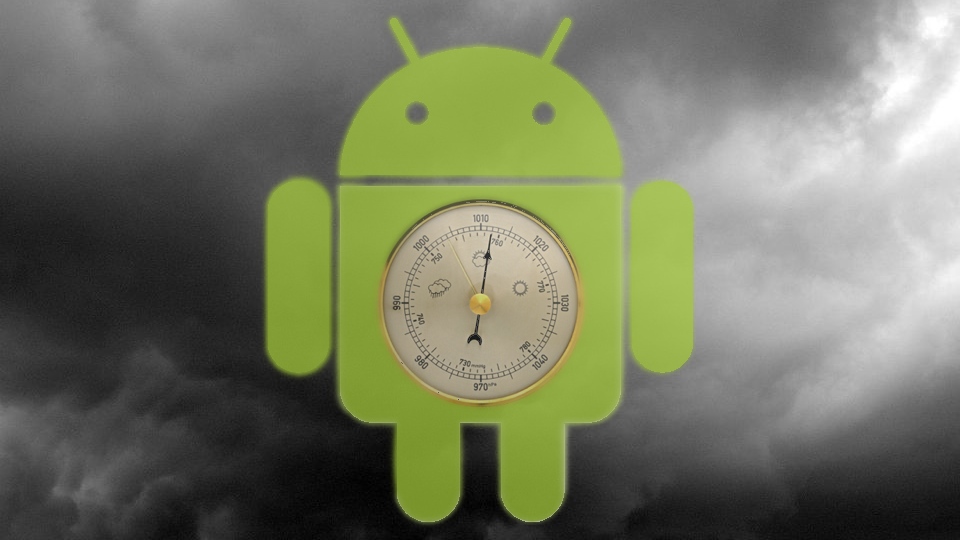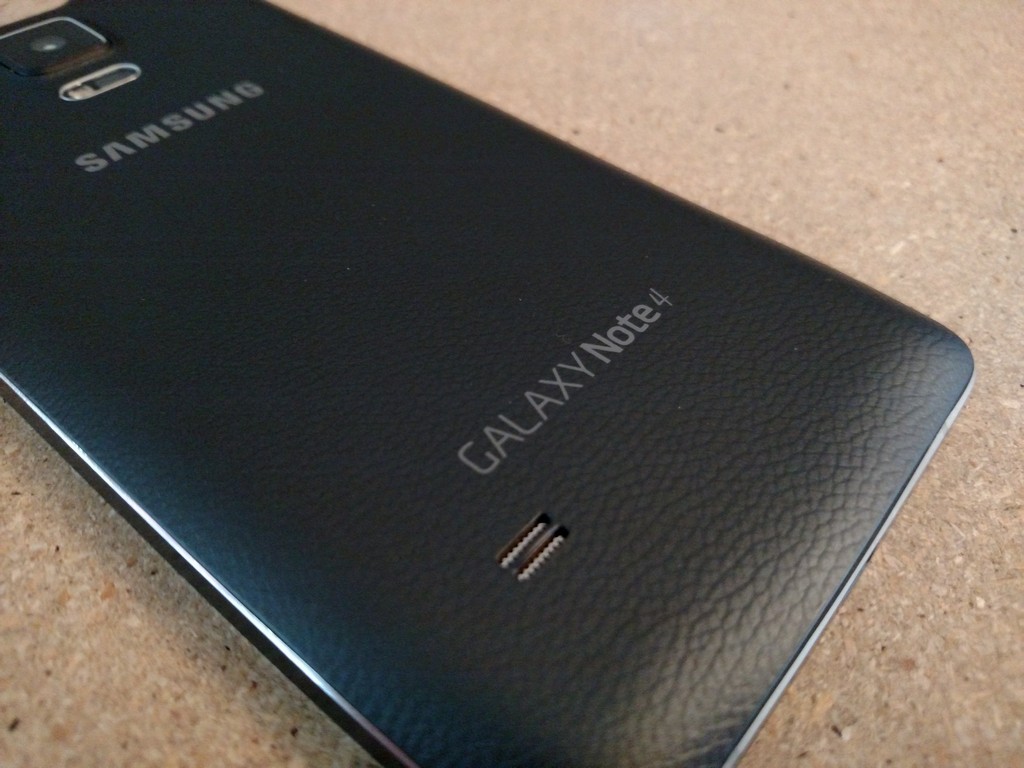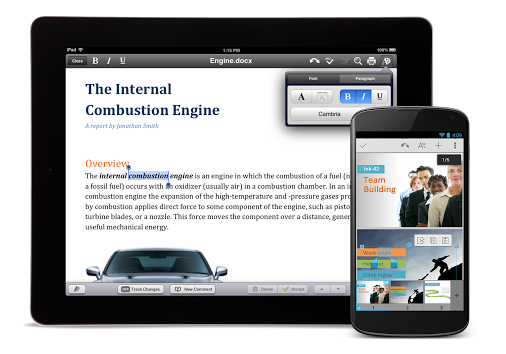One of the features that was added to the Galaxy Nexus was a barometer. I saw it listed during the event and didn’t pay much mind to it. I figured it was for internal weather predicting and elevation readings. After all, a Barometer is just an indicator of air pressure changes. Various Barometer readings can lead to predictions of thunder storms, hurricanes and tornado’s. They are pretty cool little things to have around.
One of our most informative Google Engineers, Dan Morrill, was kind enough to give a bit of an explanation via Google+. The Barometer was added to the Galaxy Nexus to improve GPS location, because “locking onto a GPS involves numerically solving a 4-dimensional set of linear equations – 3 dimensions in space, and time.”
Are you lost? Don’t worry you aren’t the only one. Mr. Morrill went a little further and put it in English for the rest of us. Assisted GPS (aGPS) is one of the most popular and common types of GPS in devices. It gives a rough, city-level estimate of your location. Adding a barometer to the device helps speed things up. IT gives a “reasonable first-cut estimate for altitude” based on atmospheric pressure. Determining altitude quickly eliminates one of the three spacial dimensions of GPS location.
Morrill says it could be used for weather prediction but that the Galaxy Nexus barometer isn’t even close to “weather grade”. Oh, and the Motorola XOOM has a barometer in it too, so it is not a new technology.
If you want to check out the entire written word of Morrill, feel free to head over to his Google+ account.
Source: AndroidPolice










